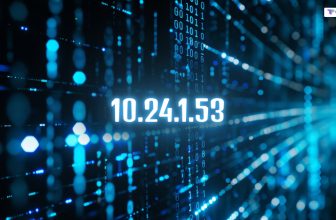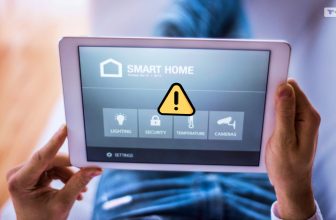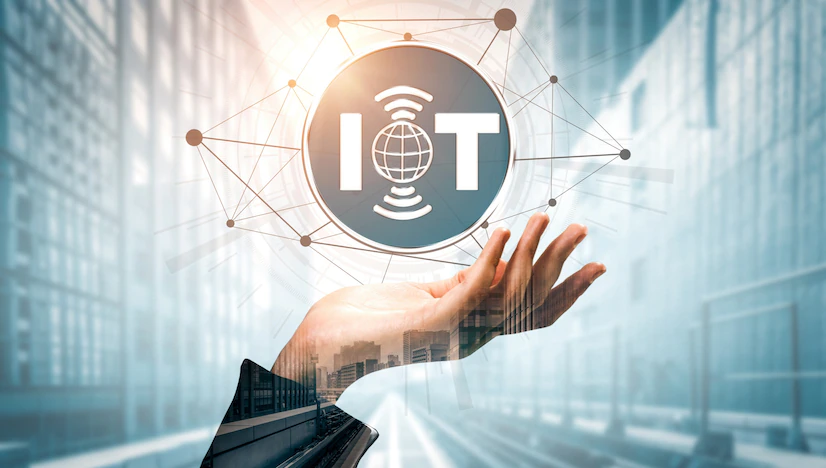
Are you familiar with the importance of the Internet of Things (IoT)? It’s a wide network of physical objects equipped with software, sensors, and other technologies for exchanging data over the internet.
IoT provides an endless range of opportunities for optimizing businesses in different industries, improving safety and health, and making everyday life better.
Different IoT devices are able to make these opportunities feasible. There are numerous electronics distributors of such devices.
Learn More About The Following Types Of IoT Devices:
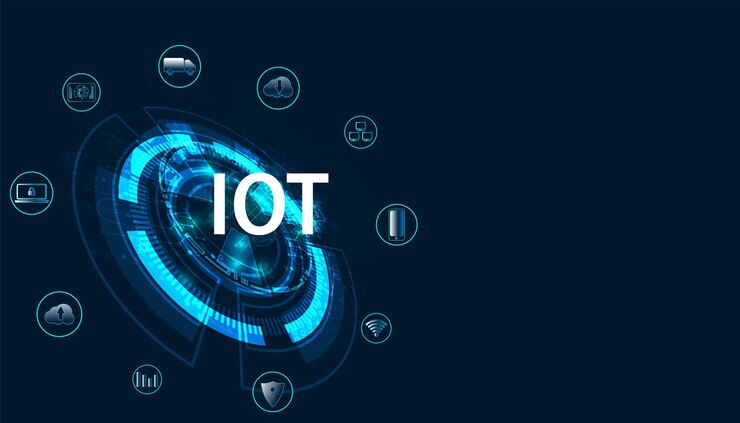
1. IoT gateways
These gateways are physical devices or virtual platforms whose job is to connect smart devices, IoT modules, and sensors to the cloud. Their exact role is to be a wireless access portal so as to provide IoT devices with access to the internet.
While their job sounds like a router, these devices do more than allow communication between different gadgets and protocols. Their technology is more sophisticated, such as edge computing. Learn more helpful info about the history, IoT applications, and complexity of the Internet of Things.
Such gateways collect loads of data from connected sensors and devices within an IoT ecosystem. The gathered data is pre-processed before being transferred to cloud platforms.
The process of data pre-processing reduces the data volume that should be forwarded to the cloud. Consequently, the costs for network transmission are reduced, along with response times. These gateways also save battery life and power.
Furthermore, IoT gateways are different from routers as, unlike routers, they enable data integration from devices communicating with different network protocols, such as LoRa, Bluetooth, Ethernet, ZigBee, Wi-Fi, etc.
Industrial gateways offer more industrial interfaces compared to routers, including USB, SPI, RS232, RS485, and others. Physical gateways of this kind are designed to operate in demanding industrial environments involving humidity, extreme temperatures, or vibration.
As far as the security of these gateways is concerned, just like other devices connected to the internet, they are vulnerable to hacking.
Nevertheless, the overall hacking risk is reduced because of the location of the gateways, which is between the cloud and the connected devices.
Such a location reduces the total number of internet connections, which further lowers the hacking risk. Powerful gateway cybersecurity is crucial to trust in IoT ecosystems.
2. IoT sensors
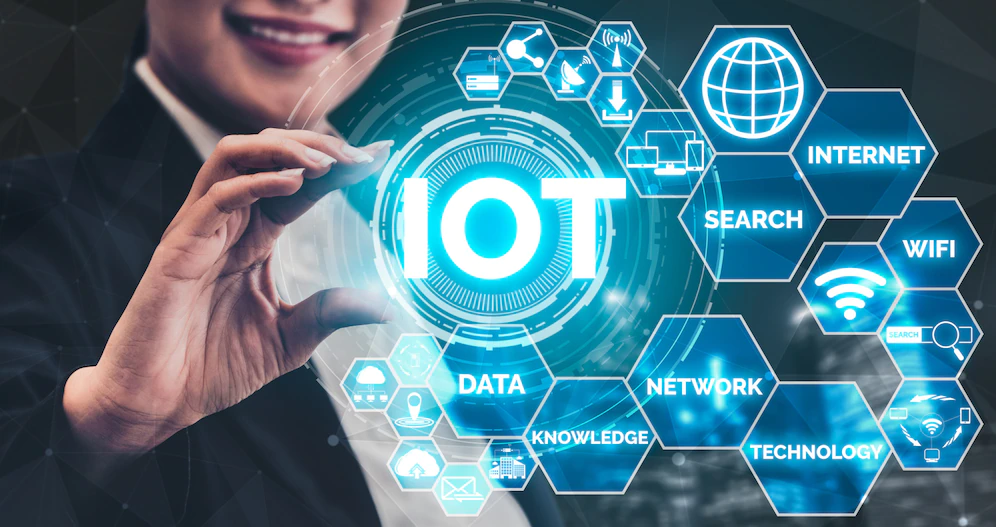
Another product that can be provided by a chip electronics distributor is an IoT sensor. When choosing a Chip Electronics distributor, check out the variety of IoT sensors it offers.
Sensors are an inseparable aspect of the Internet of Things, as these devices identify and respond to environmental changes. Input is provided by various sources, such as temperature, light, pressure, and motion.
They are of vital importance in the operation of different businesses by warning them about potential problems that might turn into serious issues.
Moreover, such sensors enable businesses to gain a better understanding of trends and make decisions based on evidence. They are available in different sizes and shapes.
They have become vital in the process of improving operational efficiency, improving worker safety, and lowering costs. There are temperature, humidity, pressure, proximity, level, gas, infrared, optical sensors, etc.
The task of temperature sensors is to measure the heat energy amount of a source, track the changes in temperature, and convert these temperature changes into data.
For instance, manufacturing machinery requires device and environmental temperatures to be at certain levels. In the field of agriculture, soil temperature is vital for crop growth.
In addition, humidity sensors measure the water vapor amount in the air. These are usually found in both industrial and residential HVAC systems, hospitals, meteorology stations, etc.
Conversely, pressure sensors detect changes in liquids and gases. Whenever the pressure changes, the sensors detect the changes and communicate them to the system. These are used for leak testing, water system manufacturing, and detecting pressure fluctuations.
Level sensors are used for detecting substance levels, including powders, liquids, granules, etc. These sensors are of great importance in manufacturing, food factories, and beverage factories.
Additionally, these IoT devices can detect the waste level in dumpsters and garbage cans as part of waste management systems.
Proximity sensors are used for object detection without making any contact with the detected objects. They emit electromagnetic fields or radiation beams like infrared.
See this URL, https://www.livescience.com/50260-infrared-radiation.html, for more info on infrared radiation. These sensors have some interesting uses, such as in parking lots of stadiums, malls, or airports to inform about parking availability. They can be used on assembly lines in the food industry, the chemical industry, etc.
Gyroscope sensors measure the angular velocity rate. They have wide use in the automotive industry, including car navigation and anti-skid systems.
These products are also used for sensing motion in video games. In contrast, gas sensors monitor and identify air quality changes, such as the presence of toxic and combustible gases. These are used in mining and chemical research, as well as in numerous homes as carbon dioxide detectors.
Infrared sensors detect changes in the surroundings with the help of infrared radiation. They are used in healthcare to make the blood pressure and blood flow monitoring process simplified. Infrared sensors are used in televisions as well to interpret the signals dispatched from remote controls.
3. IoT trackers
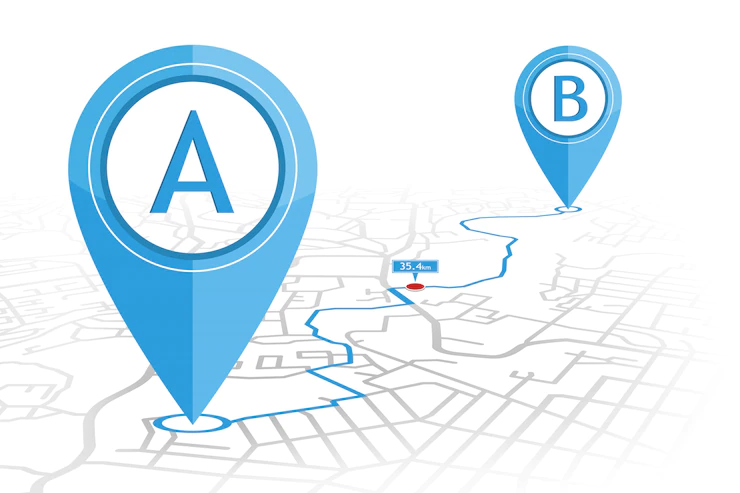
IoT asset tracking requires the use of IoT trackers. It focuses on tracking the reusable resources of a company, such as vehicles, reusable containers, and machinery to ensure these don’t get stolen or lost. The tracking devices are affixed to these resources and contain GPS chips, which send coordinates to GPS servers via Wi-Fi technology.
IoT asset trackers rely on different technologies for performing their functions, such as Bluetooth, LPWAN, LTE, 2G, 3G, and 4G. Bluetooth technology is a smart solution for short-range situations where the asset that moves remains within a limited distance.
Conversely, LPWAN provides long-range connectivity and long battery life. 2G, 3G, and 4G technologies tend to use more power and are costlier to use.
To sum up
The internet of things is the future of modern businesses.
Take advantage of it!
Read Also:



